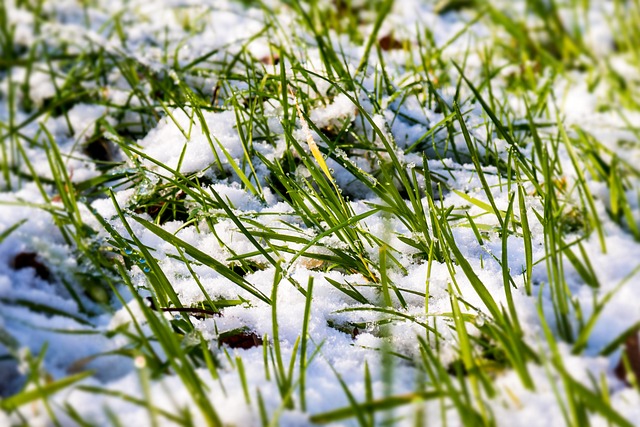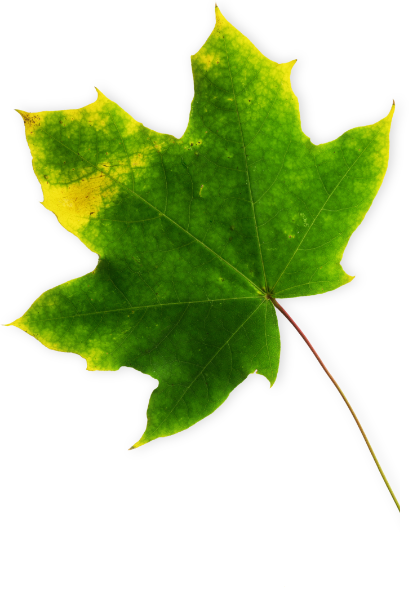The Significance of Safe Ice Melt
Before we delve into the details, it’s crucial to highlight the importance of choosing the right ice melt. While prioritizing your safety and preventing slips is paramount, it’s equally vital to consider the potential repercussions on your lawn and landscape. Opting for the wrong ice melt could introduce harmful substances to your soil, affecting its structure and the overall health of your grass.
 Diverse Ice Melt Types and Their Effects
Diverse Ice Melt Types and Their Effects
Rock Salt (Sodium Chloride):
Considerations: Excessive sodium levels can upset the soil’s natural balance and lead to dehydration, impacting the health of your grass.
Recommendations: If opting for rock salt, use it sparingly and think about diluting it with sand to minimize its impact on your lawn.
Calcium Chloride:
Pros: Effective at lower temperatures for rapid ice melting.
Concerns: Can damage concrete surfaces and, in concentrated amounts, may have a drying effect on soil and plants.
Tips: Apply judiciously and consider focusing on high-traffic areas.
Magnesium Chloride:
Advantages: Less damaging to concrete surfaces.
Concerns: In large amounts, it can impact soil structure and potentially harm plants.
Tips: Use in moderation and explore alternatives for areas near delicate landscaping.
Potassium Chloride:
Pros: Less damaging to plants and soil.
Concerns: May not be as effective in extremely cold temperatures.
Tips: Suitable for areas where vegetation is a primary concern, but consider mixing with sand for better traction.
Eco-Friendly Alternatives:
Advantages: Typically less harmful to plants and soil, while still effective for ice melting.
Concerns: May be less potent in extremely low temperatures.
Tips: Look for eco-friendly options like potassium acetate, calcium magnesium acetate (CMA), or sand for a more sustainable approach.
 Best Practices for Ice Melt Application
Best Practices for Ice Melt Application
- Moderation is crucial: Apply ice melt sparingly and focus on high-traffic areas. Avoid excessive use in order to help prevent soil and plant damage.
- Timely removal: Once the ice has melted, promptly remove any excess salt to prevent lingering effects on your lawn.
- Consider protective measures: Use covers or barriers to shield sensitive plants and landscaping elements.
It’s Time to Decide
Choosing the right ice melt is a critical component of winter lawn care. Here at Natural Tree and Lawn Care, we advocate for a balanced approach that prioritizes safety without compromising the health of your lawn. By understanding the effects of different ice melt types; you can make informed decisions to ensure your winter landscape remains secure and flourishing. If you have additional questions about ice melt, our team would be happy to help. Please email us your questions at info@naturaltree.com.
